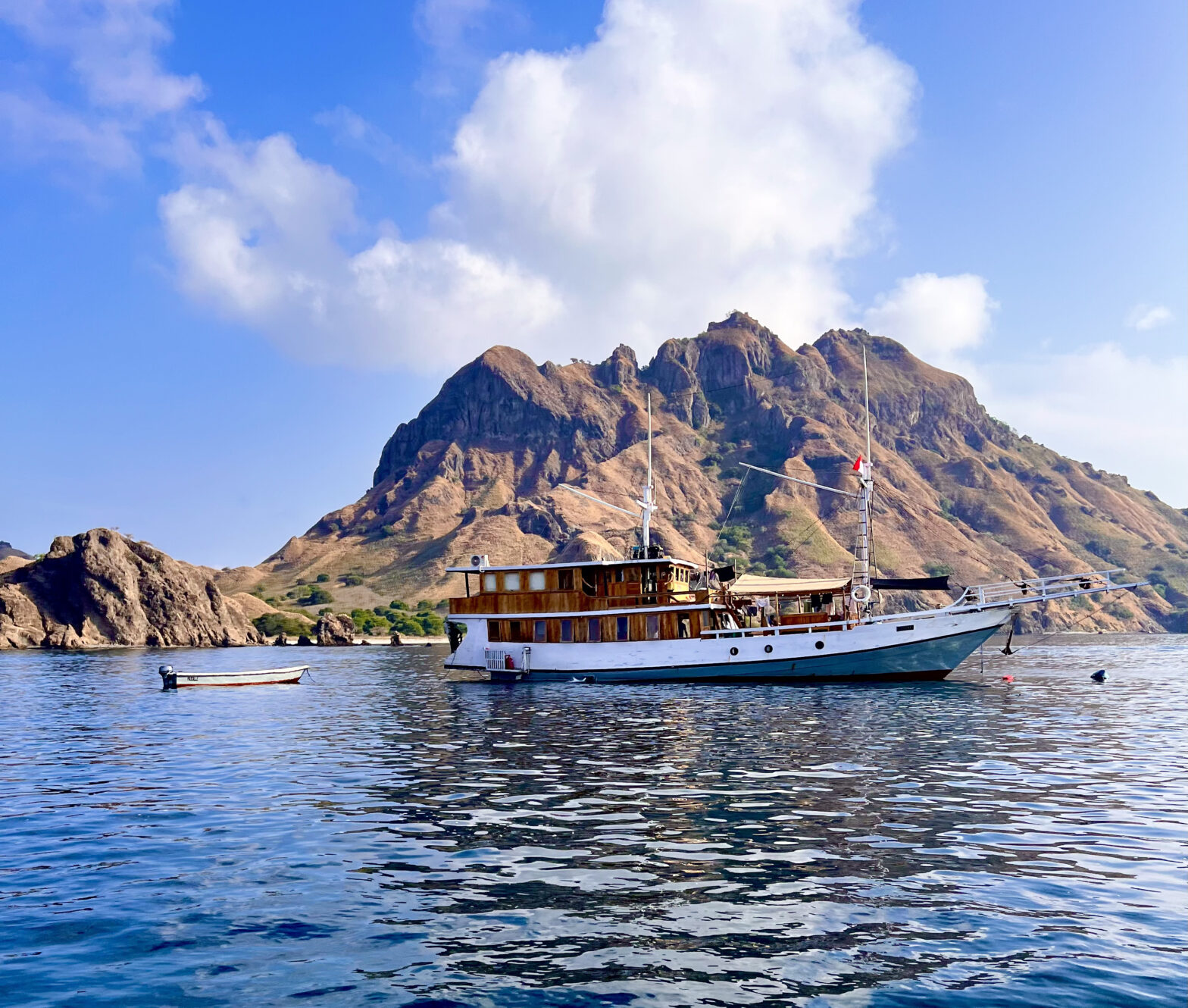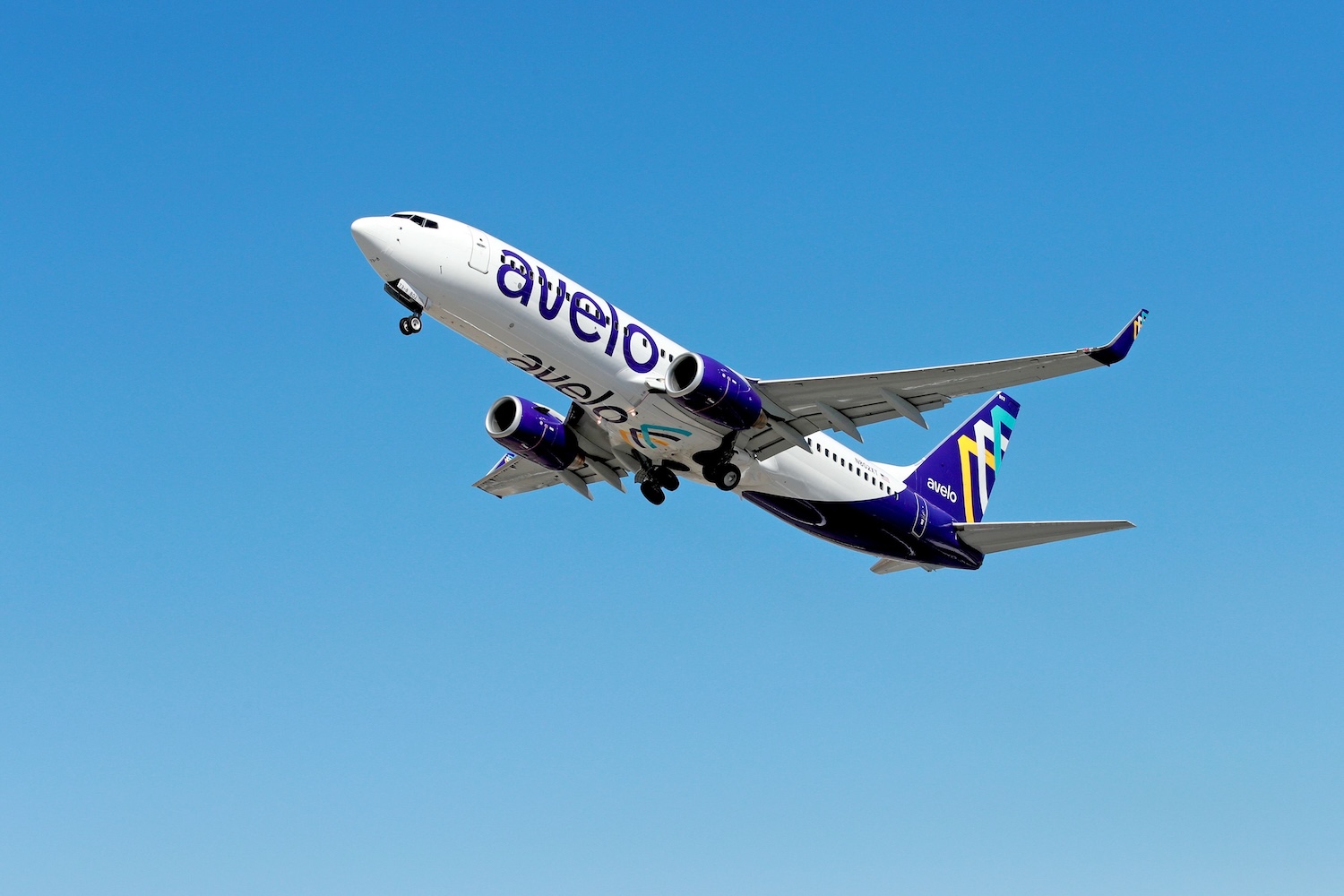Some trips live in your head long before you ever set foot on the plane. For me, the Komodo National Park in Indonesia was one of them. A dream destination I’d pictured so vividly I could almost feel the sea breeze before I arrived. The park comprises three main islands, Komodo, Rinca, and Padar, as well as over 20 smaller islands. When I finally arrived, the trip stood out as much for the activities we did as for the sights.
Waking up and taking a boat to see mist lifting off the hills, hiking before the heat set in, spending slow afternoons in the water, and ending the journey face-to-face with creatures that have been here for millions of years. My trip around the Komodo archipelago was just as exciting as I’d hoped and gave me a better understanding of the area’s landscapes, wildlife, and daily life on the islands.
Getting To Komodo And Choosing Your Base
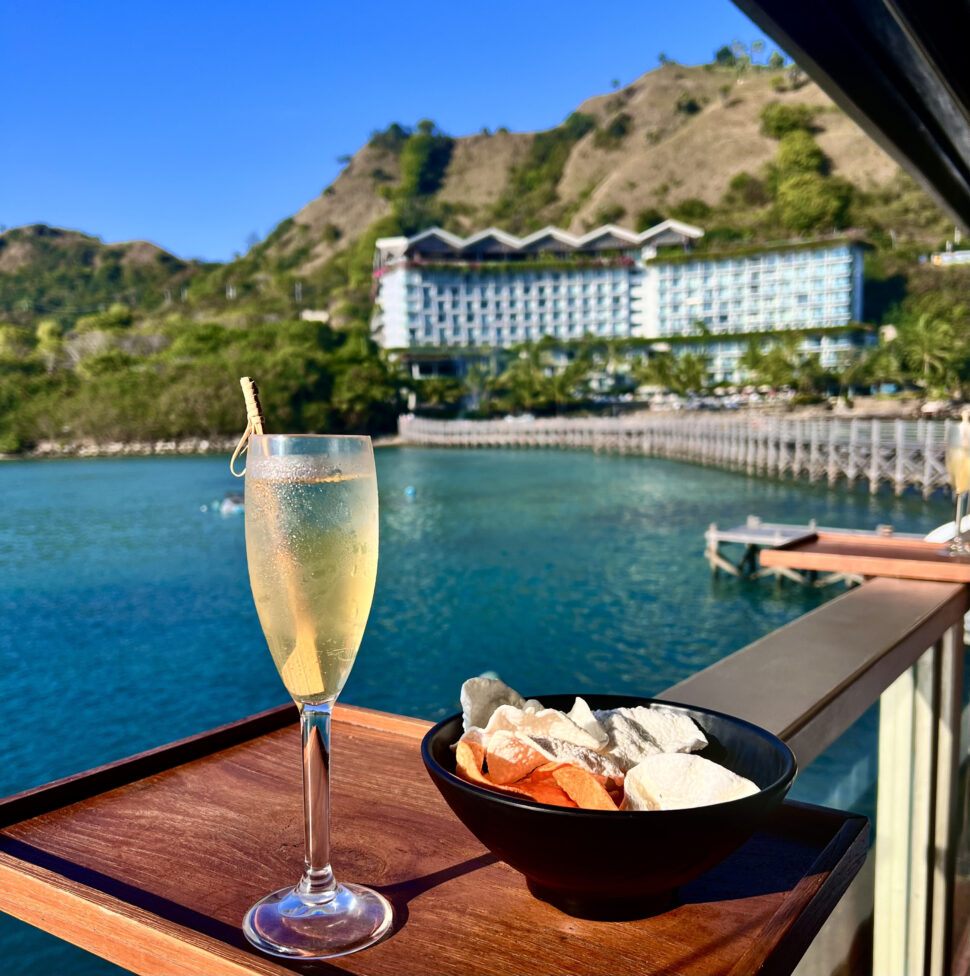
The gateway to Komodo is Labuan Bajo, a fishing town on the western tip of Flores. It’s just an hour’s flight from Bali, and as the plane descends, you’ll see small, rugged islands scattered across turquoise water, a preview of what’s ahead. Labuan Bajo has grown into a lively hub, with hotels, dive shops, and cafes catering to travelers. It’s worth spending at least three nights here to enjoy its seafood and to give yourself flexibility.
If you want to start your adventure in comfort, AYANA Komodo Waecicu Beach is the place to do it. Built along the waterfront, every balcony looks straight out over the ocean, with sunsets that spill gold and pink across Waecicu Bay.
The property offers an infinity pool, a private beach, multiple dining options, and the convenience of arranging private boat charters or early-morning transfers into the park. You can choose a speedboat for a one-day whirlwind tour, a shared liveaboard for multi-day trips, or, if you want comfort and flexibility, a private yacht.
Hiking To Padar’s Summit
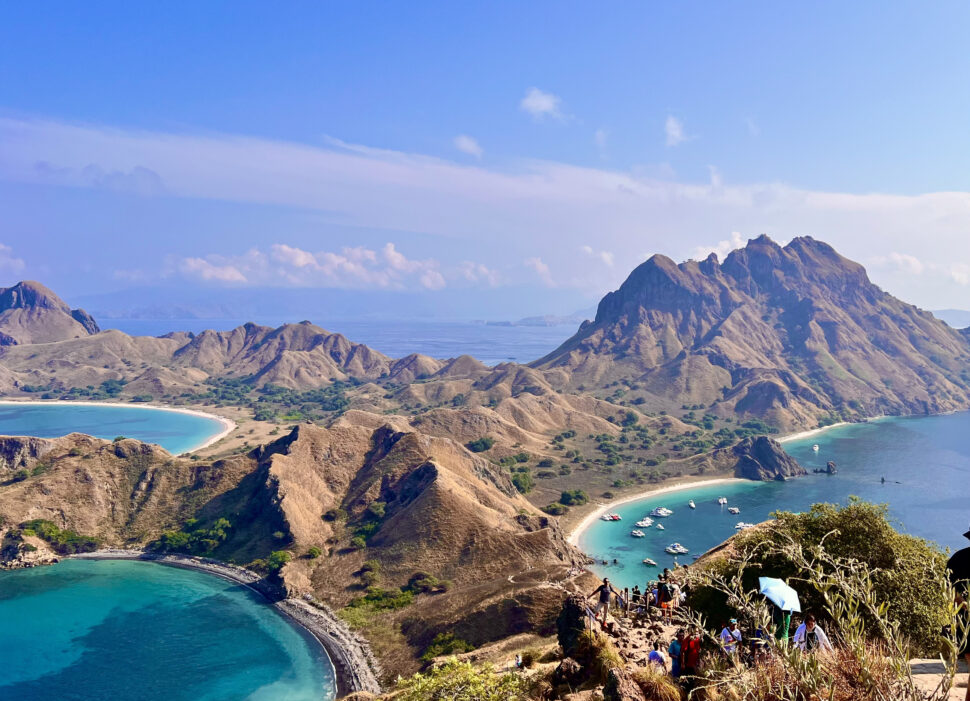
Our first full day began in the cool pre-dawn air, sailing toward Padar Island as the sky slowly shifted from grey to a warm, glowing gold. The sea was calm enough to reflect the early light like glass, and the only sounds were the hum of the boat’s engine and the occasional call of seabirds overhead.
The hike to Padar’s famous viewpoint is short, around 40 to 50 minutes, but steep enough to get your heart rate up. The trail zigzags through dry, golden grass and jagged volcanic rock, with a few steps carved into the slope. As we climbed higher, the view began to open up: first one bay, then two, and finally all three.
At the summit, the panorama is everything you’ve seen in photos and more. The water below shifted in color with the moving clouds, and the rugged ridges of the island rose in sharp, uneven lines, shaped by volcanic forces and centuries of wind and weather. I let the breeze cut through the heat and committed the view to memory.
Frolicking On Pink Beach
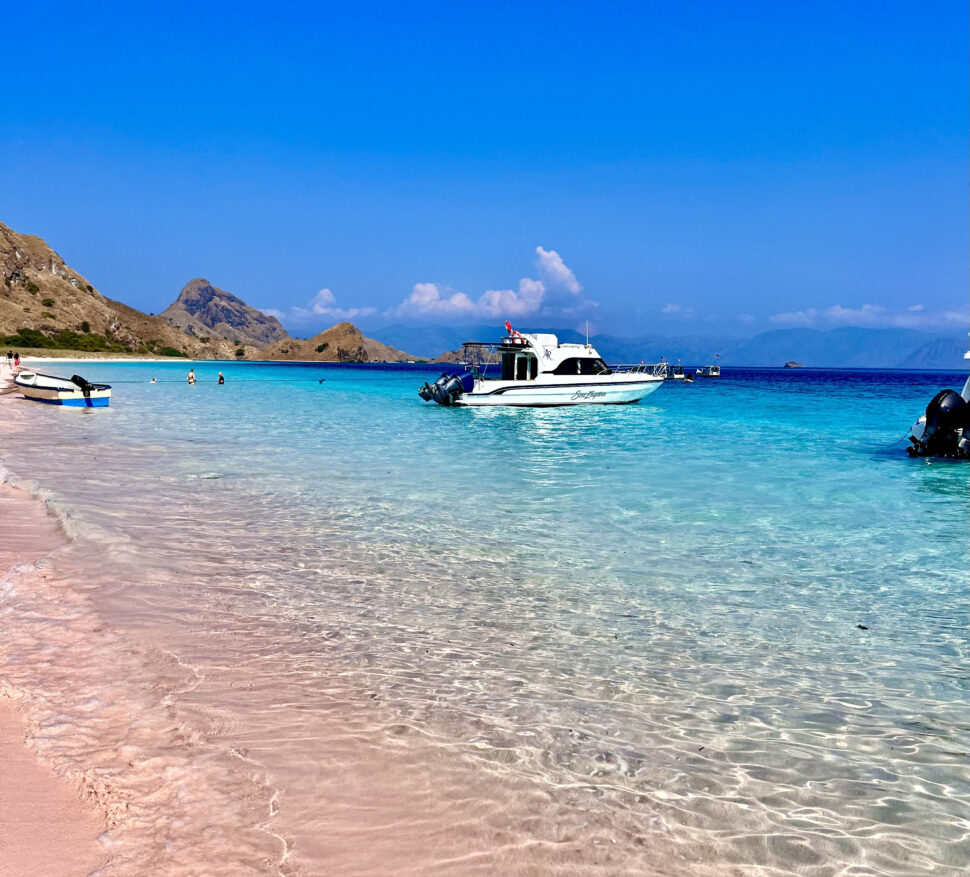
By late morning, we anchored at Pink Beach, located on Komodo Island and one of only a few in the world. The color is subtle at first, a soft blush from crushed red coral mixing with white sand, but as the sun climbs higher, the hue deepens and becomes more striking. The water here is so clear that it inspires awe.
One of our guides, who clearly had a passion and eye for photography, offered to take pictures. His creativity and knack for framing shots could rival many professional fashion photographers. He turned a simple beach stop into one of the most fun and memorable parts of the day.
The Dragons Of Komodo National Park
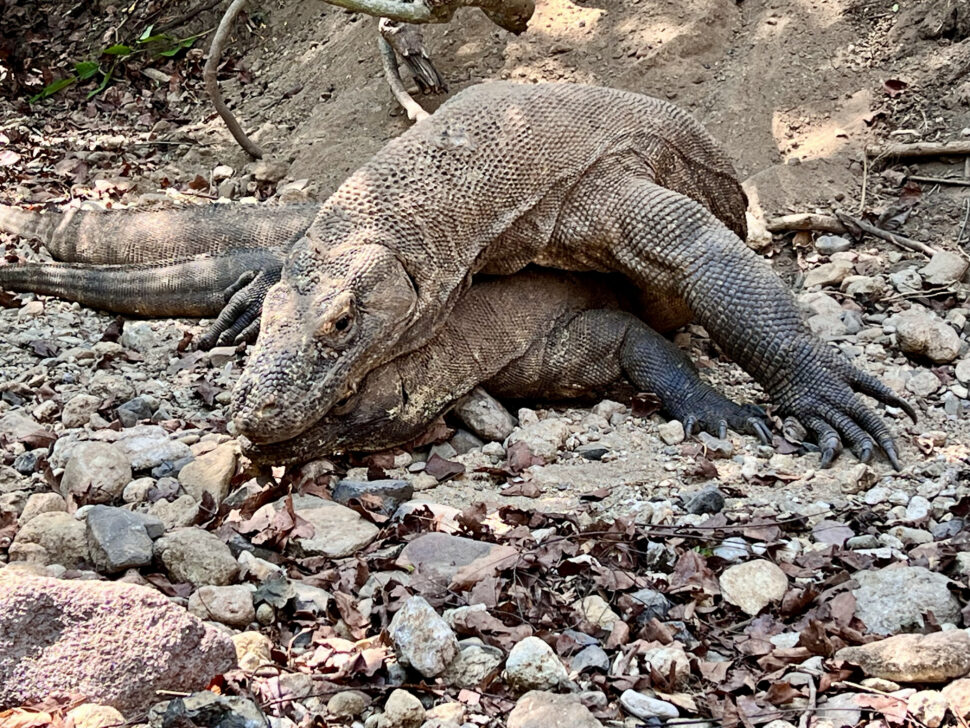
The final stop, and the one I’d been imagining for years, was Komodo Island. The air felt different as we stepped onto its sun-baked trails, drier and heavier, with the distant rustle of leaves breaking the stillness.
The first dragon we saw wasn’t the massive predator I’d pictured, but a baby. Smaller and self-assured, it moved with deliberate steps as if it owned the path. Our ranger explained that Komodo babies are entirely independent from the moment they hatch. They climb trees immediately to avoid becoming prey to the adults, who won’t hesitate to eat them.
Later, deeper into the trail, we came across two huge adults in the middle of mating season. They were entirely unbothered by our presence, knowing they control their space. Watching them up close in their natural habitat was unlike anything I’d experienced before and is something I will remember forever.
Respecting Local Communities And The Park
Komodo National Park is both a protected wilderness and a home to small fishing communities — and the livelihoods of the rangers, boat crews, and guides depend on keeping it healthy. Supporting them matters: buy crafts from village markets, and book tours with operators who employ local crews.
Inside the park, follow the ranger’s instructions, maintain a respectful distance from wildlife, and refrain from touching coral. Wearing reef-safe sunscreen and cutting down on single-use plastics are small actions that add up over time.
Why Komodo National Park Should Be On Your Must-Visit List
Komodo National Park has a mix of experiences you won’t find anywhere else in Indonesia. In just a few days, you can base yourself in Labuan Bajo, explore scenic islands like Padar, spend time on the rare pink sands of Komodo Island, and see the world’s largest lizards in their natural environment.
If you’re planning a trip through Indonesia and want a destination that combines natural beauty, wildlife, and memorable day-to-day experiences, Komodo National Park should be high on your list.
